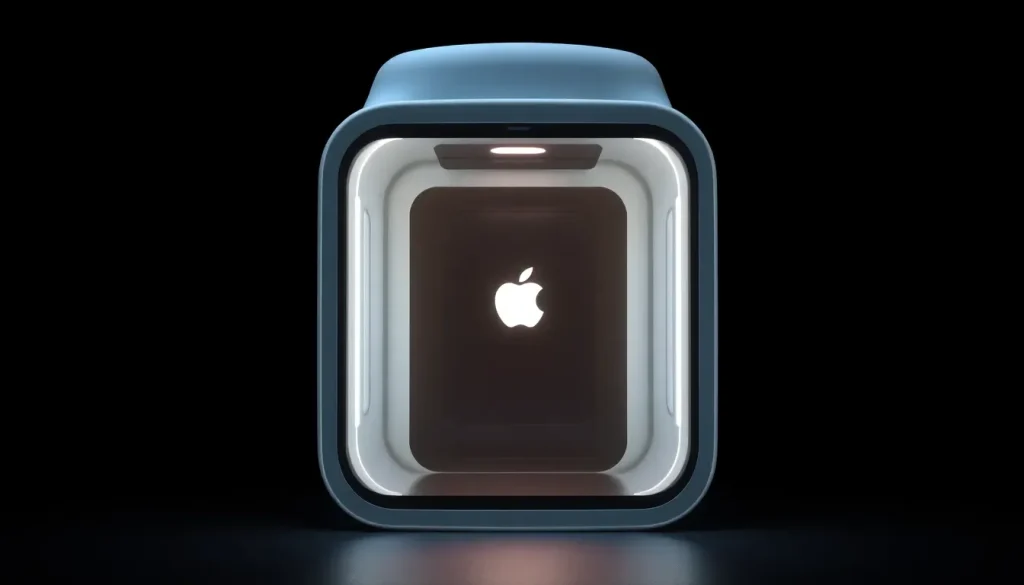Apple Begins Shortlisting Suppliers for M6 iPad Pro Vapor Chamber

The tech world is abuzz with rumors about the upcoming M6 iPad Pro, especially regarding its advanced cooling features. With Apple continuously pushing the boundaries of technology, the introduction of a vapor chamber in its next-generation tablet promises significant performance enhancements. Let’s dive deeper into what this means for the future of Apple’s flagship tablet.
- Apple's strategic supplier selection for the M6 iPad Pro’s vapor chamber
- The impact of vapor chamber technology on the M6 iPad Pro
- Comparative analysis: M5 iPad Pro vs. M6 iPad Pro
- Looking ahead: Release timeline for the M6 iPad Pro
- Potential challenges and considerations for Apple
- Conclusion: The future of iPad Pro
Apple's strategic supplier selection for the M6 iPad Pro’s vapor chamber
As the tech industry shifts towards more efficient thermal management solutions, Apple is reportedly collaborating with suppliers from China and Taiwan for the vapor chamber technology in the upcoming M6 iPad Pro. This development is critical as the vapor chamber is expected to enhance heat dissipation, ensuring that the iPad maintains optimal performance even during intensive tasks.
Reports indicate that Apple is focusing on two main suppliers: Suzhou Tianmai from China and Chi Hong from Taiwan. Suzhou Tianmai is set to transition from manufacturing graphite sheets to vapor chambers, indicating a significant shift in their production focus. This change could lead to improved thermal efficiency in the M6 iPad Pro, making it a compelling option for users seeking high performance in a portable form factor.
In addition to their current roles, both suppliers have previously provided components for the iPhone 17 Pro and iPhone 17 Pro Max, suggesting that they have the necessary expertise to deliver high-quality vapor chamber technology. This collaboration could set a precedent for future iPad models, potentially extending this innovation to more budget-friendly versions as well.
The impact of vapor chamber technology on the M6 iPad Pro
The introduction of a vapor chamber could significantly alter the thermal dynamics of the M6 iPad Pro. Unlike traditional graphite sheets, which are limited in their cooling capabilities, vapor chambers can efficiently distribute heat across a larger surface area. This efficiency is crucial for maintaining device performance during heavy tasks such as gaming, video editing, or 3D modeling.
- Enhanced performance: The vapor chamber allows for sustained high performance without thermal throttling.
- Longer device lifespan: By effectively managing heat, it reduces the risk of damage to internal components.
- Better user experience: Users will enjoy cooler devices, enhancing comfort during extended use.
Apple's decision to implement this technology is also indicative of its broader strategy to remain competitive in the tablet market. As other manufacturers adopt similar technologies, Apple must continue to innovate to attract and retain customers.
Comparative analysis: M5 iPad Pro vs. M6 iPad Pro
The current M5 iPad Pro models utilize graphite sheets, which, while effective for their time, do not match the performance capabilities of vapor chambers. This comparison highlights the advancements Apple is making with the M6 model:
| Feature | M5 iPad Pro | M6 iPad Pro |
|---|---|---|
| Cooling Technology | Graphite Sheets | Vapor Chamber |
| Heat Dissipation | Moderate | High |
| Performance Stability | Variable under load | Consistent |
| Potential for Chip Upgrades | Limited | Increased (e.g., 10-core CPU) |
This comparative analysis shows that the M6 iPad Pro not only aims to improve thermal management but also sets the stage for potentially more powerful hardware configurations, aligning with Apple's strategy of offering high-performance devices.
Looking ahead: Release timeline for the M6 iPad Pro
Anticipation for the M6 iPad Pro’s release is building, particularly as it is expected to launch approximately 18 months after the M5 model. This timeline allows Apple ample opportunity to refine the vapor chamber technology and ensure that it meets the high standards expected by consumers.
While a specific release date has yet to be confirmed, industry insiders suggest that it could arrive in early 2025. This timeframe would align with Apple's typical product cycle, allowing for a comprehensive rollout and marketing campaign.
Potential challenges and considerations for Apple
Despite the promising developments, Apple faces certain challenges as it integrates this new technology. Some of these challenges include:
- Cost implications: The switch to vapor chamber technology could increase production costs, which may affect retail pricing.
- Supply chain complexities: Relying on suppliers from different regions could introduce risks related to logistics and quality control.
- Market competition: Competitors may quickly adopt similar cooling technologies, necessitating continuous innovation from Apple.
Addressing these challenges will be crucial for Apple’s success in maintaining its leadership position in the tablet market.
For more insights into the potential features of the M6 iPad Pro, check out this informative video:
Conclusion: The future of iPad Pro
As Apple continues to innovate with the M6 iPad Pro, the introduction of vapor chamber technology represents a significant leap forward in tablet performance. This development not only enhances thermal management but also sets the stage for future advancements in Apple’s tablet lineup. The industry will be watching closely as Apple rolls out this technology, and its success could redefine market expectations.




Leave a Reply